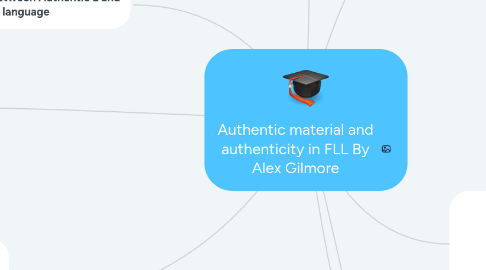Authentic material and authenticity in FLL By Alex Gilmore
作者:Jonathan VELA SAAVEDRA


1. 3- Gap between Authentic L and textbook language
1.1. -Linguistic competence
1.2. Pragmalinguistic C.
1.3. Discourse C.
1.4. Implications for material design
2. 4- The English-as-a-world-language debate
2.1. What is a native speaker?
2.2. Is a lingua/cultura franca model more appropriate in the classroom?
2.3. Cultura franca?
2.4. Materials which teach the C2
3. The great advantage of natural, idiomatic texts over artificial ‘methods’ or ‘series’ is that they do justice to every feature of the language [...] The artificial systems, on the other hand, tend to cause incessant repetition of certain grammatical constructions, certain elements of the vocabulary, certain combinations of words to the almost total exclusion of others which are equally, or perhaps even more, essential. (Sweet 1899: 177)
4. 5. ICT & corpus linguistics
4.1. Only seventeen years ago, Nunan (1989: 138) - "2006"
4.2. DELIVERY MEDIUM -
4.2.1. INTERACTIVE MEDIUM
4.2.1.1. COMMUNICATION MEDIUM
